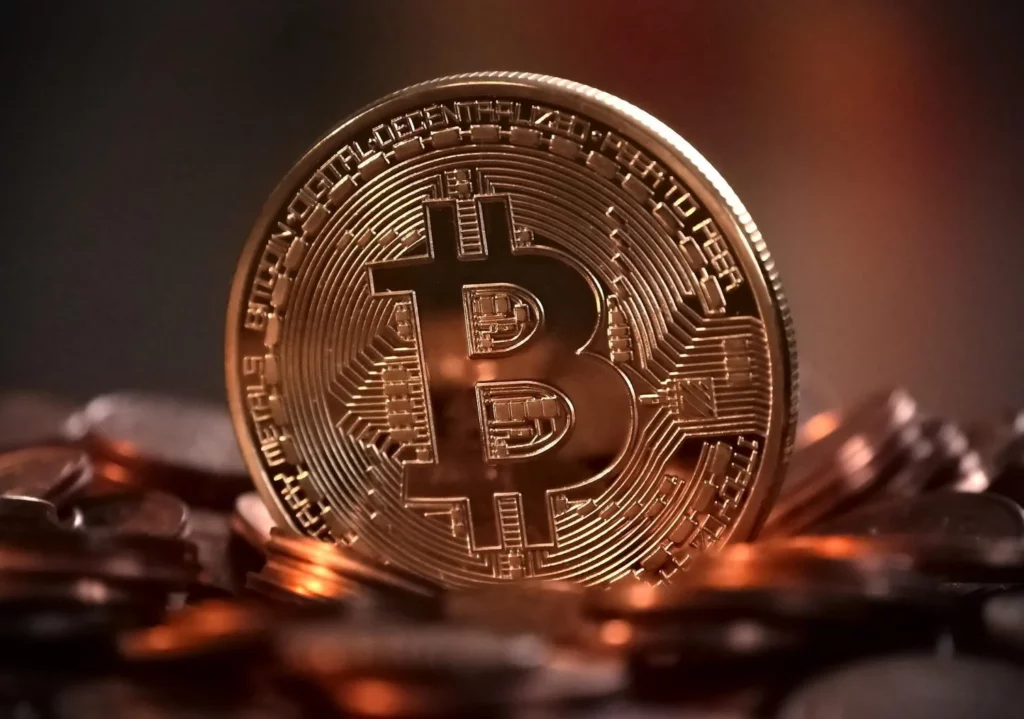NFT
NFT Meaning What is an NFT Know All about NFT’s (Non-Fungible Token) NFT Meaning NFT stands for Non-Fungible Token, which is a digital asset that represents ownership of a unique item or piece of content. Unlike traditional cryptocurrencies such as Bitcoin or Ethereum, which are fungible and interchangeable, each NFT is unique and cannot be replicated or divided into smaller units. NFTs are created using blockchain technology, which ensures their authenticity and ownership. They can represent a variety of digital assets, including artwork, music, videos, memes, tweets, and more. When an NFT is sold, the ownership of the digital asset it represents is transferred to the buyer. This means that NFTs can be bought and sold just like physical art or other collectibles. NFTs have become popular in the art world, with some pieces selling for millions of dollars at auction. NFTs have also been criticized for their environmental impact, as the process of creating and trading them requires a significant amount of energy. However, many proponents argue that NFTs offer a new way for creators to monetize their work and establish ownership in the digital age. How are NFTs created? NFTs are created using blockchain technology, which is a distributed digital ledger that records transactions securely and transparently. Most NFTs are created on the Ethereum blockchain, although other blockchains can also be used. To create an NFT, a creator must first create a digital asset that they want to represent, such as a piece of artwork or a music file. They then use an NFT platform, such as OpenSea or Rarible, to mint the NFT. Minting an NFT involves creating a unique digital token that represents the ownership of the underlying asset. The creator will typically need to provide a title, description, and image or video of the asset, as well as set the price and royalty percentage for future sales. Once the NFT is created, it is stored on the blockchain and can be bought and sold like any other digital asset. When an NFT is sold, the ownership of the underlying asset is transferred to the buyer, and the creator typically receives a percentage of the sale price as a royalty. While creating an NFT can be relatively simple, it does require some technical knowledge and familiarity with blockchain technology. There are also fees associated with minting an NFT, such as transaction fees and gas fees, which can be significant during times of high network congestion. How are NFTs (non-fungible tokens) bought and sold? NFTs can be bought and sold on various online marketplaces, such as OpenSea, Rarible, SuperRare, and Nifty Gateway. These marketplaces allow creators to mint their NFTs and offer them for sale, and buyers to search for and purchase NFTs that interest them. To buy an NFT, a buyer typically needs to have a cryptocurrency wallet that is compatible with the blockchain on which the NFT is created. For example, if the NFT is created on the Ethereum blockchain, the buyer will need an Ethereum wallet that supports the ERC-721 token standard. Once the buyer has identified an NFT they want to purchase, they can place a bid or make an offer on the marketplace. If the offer is accepted, the buyer will need to transfer the required amount of cryptocurrency to the seller’s wallet to complete the transaction. When selling an NFT, the creator typically sets a price or minimum bid amount for the NFT, as well as a percentage royalty for future sales. The creator receives the proceeds from the initial sale, minus any fees charged by the marketplace, and continues to receive a percentage of the sale price each time the NFT is resold. It’s worth noting that the value of NFTs can be volatile and is largely determined by market demand. While some NFTs have sold for millions of dollars, others may not receive any bids or offers at all. Additionally, there are fees associated with buying and selling NFTs, such as transaction fees and gas fees, which can be significant during times of high network congestion. Advantages of NFTs (non-fungible tokens) There are several advantages associated with NFTs: Unique ownership: NFTs are unique and cannot be replicated, which means that they can be used to represent ownership of unique digital assets, such as artwork, music, videos, and game items. Authenticity: NFTs are stored on a blockchain, which provides a secure and transparent way to verify the authenticity and ownership of digital assets. This can help to prevent fraud and counterfeiting. Royalties: NFTs can include royalty mechanisms that allow creators to earn a percentage of the sale price each time the NFT is resold. This can provide a new revenue stream for artists and other creators, who may have previously struggled to earn ongoing income from their work. Global reach: NFTs can be bought and sold on a global scale, which means that creators and buyers from around the world can participate in the market. This can help to create new opportunities for artists and other creators to reach a broader audience and monetize their work. Programmability: NFTs can be programmed with smart contracts that can include various conditions and rules for ownership, royalties, and other aspects of the transaction. This can enable new types of business models and use cases, such as fractional ownership and automated revenue sharing. NFTs offers a new way to invest in and monetize digital assets, and they have the potential to transform various industries, such as art, music, gaming, and more. Disadvantages of NFTs While NFTs offer several potential advantages, some disadvantages should be considered: Volatility: The value of NFTs can be highly volatile and subject to sudden changes in market demand and pricing. This can make it difficult to determine their true value and can lead to significant losses for investors. Environmental impact: NFTs are created and stored on a blockchain, which requires a significant amount of energy and computing power. This can contribute to the carbon footprint of the technology and






